Android 15 might help you diagnose some phone problems yourself

Earlier this week, Google dropped Android 15 Beta 3, teasing new features and upgrades in the works. These include a fresh Adaptive Timeout feature and better-organized settings. Now, it seems Google is gearing up to roll out a dedicated page for device diagnostics, too.
After exploring the latest Android 15 Beta 3 build, a new addition in the Settings app titled Device diagnostics was noticed. Found under Settings > System, this feature will allow users to manually run tests and monitor the health of their phone's internal components.
The Device diagnostics page has two main options: Component health and Evaluation mode. Component health enables users to manually test and monitor the condition of their battery and storage. Meanwhile, Evaluation mode allows one device to assess the performance of another.

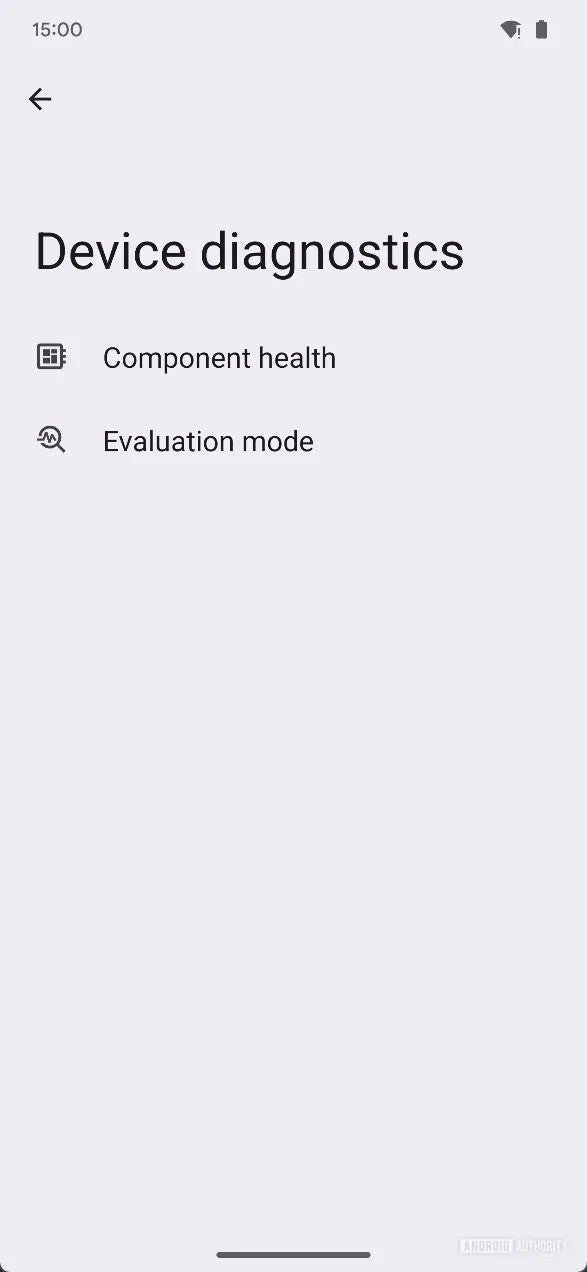

On the Component health page, you can perform a display test where a sequence of differently colored screens helps you visually inspect for any screen defects. Additionally, there is a touch test that displays a red screen turning white as you swipe your finger across it, clearly indicating any issues with touch input.
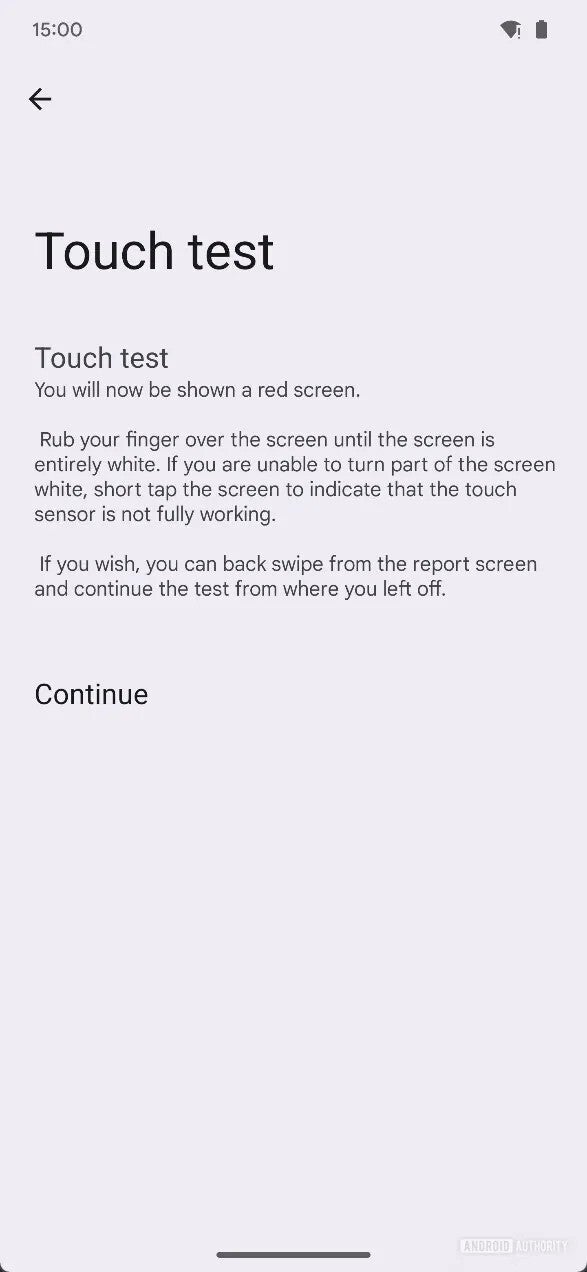


The Component health screen also allows you to monitor your phone’s battery and storage chip. On the battery status page, you can see the remaining capacity as a percentage of its original capacity, along with the battery’s manufacturing date, first usage date, and charging cycle count. The storage status page displays the remaining lifespan and total capacity of your phone’s storage chip.
In Evaluation mode, you will need another device to check the one you are assessing. The device being evaluated generates a QR code, which the other device scans. This starts a set of tests, including display and touch tests. After completing these tests, you get a report to review any issues with the evaluated device.
Samsung and Google are now offering updates for up to 7 years, which means you can hang onto your phone longer – pretty awesome, right? But what if your phone breaks down before that? It is important to know what you can do. Some problems might need a pro to fix, but there are others you can check out yourself, saving time and cash, and Android 15's new Device diagnostics page is a great step in this direction.
Android 15 Beta 3 might introduce a new Device Diagnostics menu within the Settings app
After exploring the latest Android 15 Beta 3 build, a new addition in the Settings app titled Device diagnostics was noticed. Found under Settings > System, this feature will allow users to manually run tests and monitor the health of their phone's internal components.

Image credit – Mishaal Rahman/Android Authority

Image credit – Mishaal Rahman/Android Authority

Image credit – Mishaal Rahman/Android Authority
On the Component health page, you can perform a display test where a sequence of differently colored screens helps you visually inspect for any screen defects. Additionally, there is a touch test that displays a red screen turning white as you swipe your finger across it, clearly indicating any issues with touch input.

Image credit – Mishaal Rahman/Android Authority

Image credit – Mishaal Rahman/Android Authority

Image credit – Mishaal Rahman/Android Authority
The Component health screen also allows you to monitor your phone’s battery and storage chip. On the battery status page, you can see the remaining capacity as a percentage of its original capacity, along with the battery’s manufacturing date, first usage date, and charging cycle count. The storage status page displays the remaining lifespan and total capacity of your phone’s storage chip.
Samsung and Google are now offering updates for up to 7 years, which means you can hang onto your phone longer – pretty awesome, right? But what if your phone breaks down before that? It is important to know what you can do. Some problems might need a pro to fix, but there are others you can check out yourself, saving time and cash, and Android 15's new Device diagnostics page is a great step in this direction.
Follow us on Google News

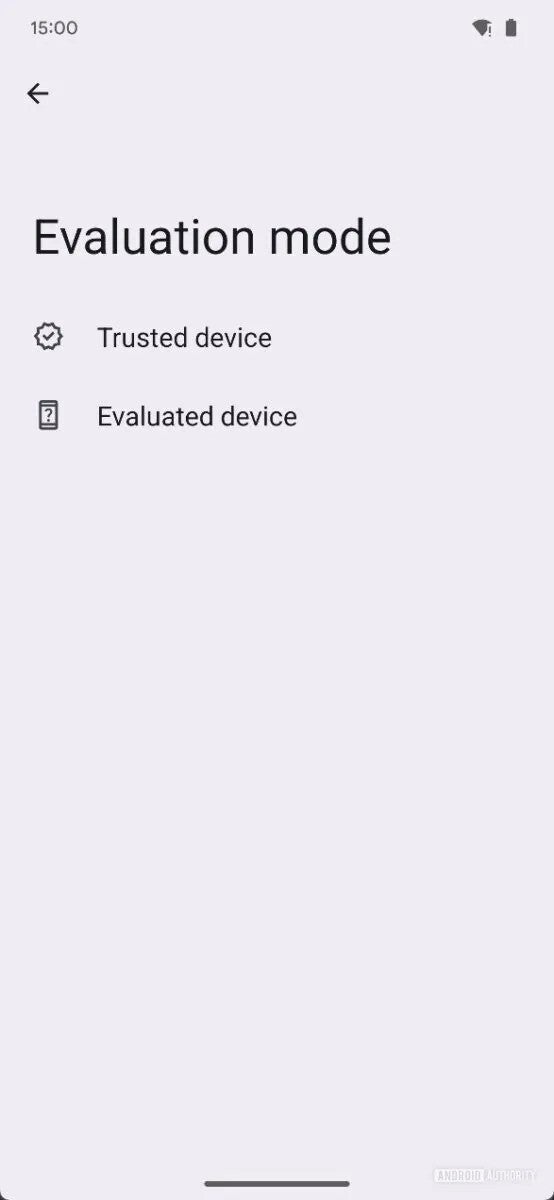
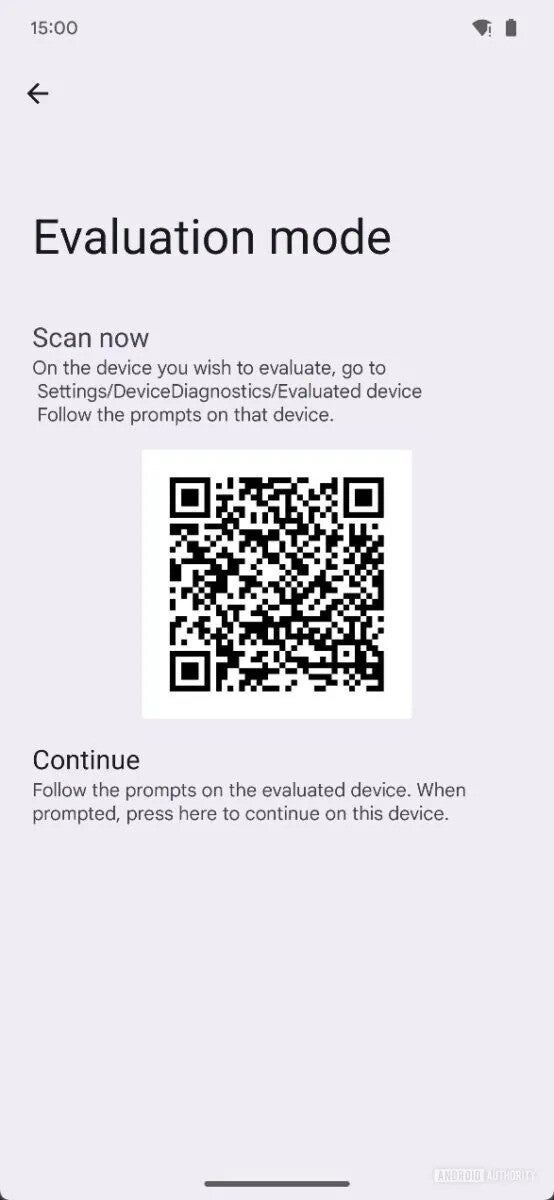
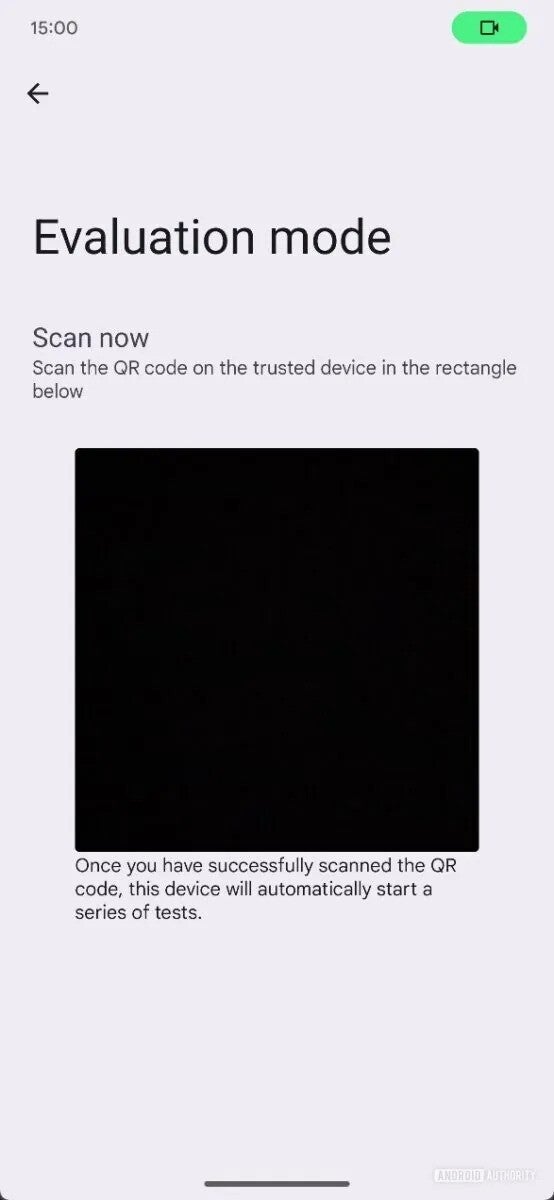








![A new Android bug is making it impossible to install new apps. Are you affected? [UPDATE]](https://m-cdn.phonearena.com/images/article/176703-wide-two_350/A-new-Android-bug-is-making-it-impossible-to-install-new-apps.-Are-you-affected-UPDATE.webp)

Things that are NOT allowed:
To help keep our community safe and free from spam, we apply temporary limits to newly created accounts: